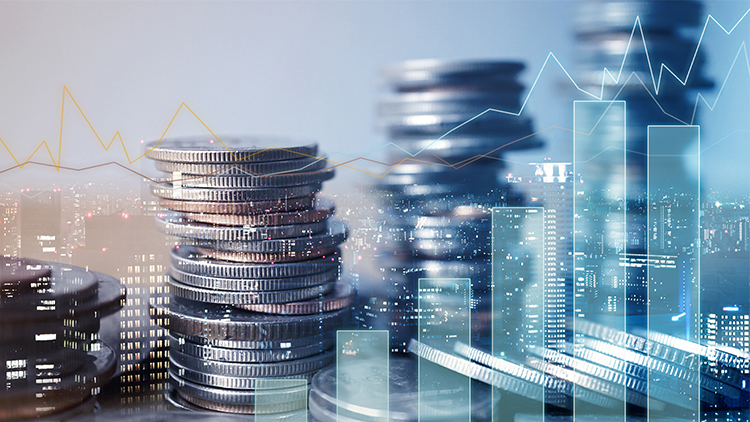
At the beginning of 2018, the current document is devoted to the circular economy, a new trend in the productive and consumer process, which has already launched new investments of € 550 billion in Europe and aims to reduce the footprint of economic activity in raw materials and environment.
The circular economy is a set of economic activities that focus in the long run on reducing the waste of resources used in the production process, focusing on the exploitation of renewable resources, plant and animal by-products and biodegradable materials, recovery and reuse of products, but also on energy production from waste of production processes, maintaining a product in good operation for a long time, provide services to multiple users (sharing economy), and finally the use of the service that a product offers and not the possession of this product.
Thus, the circular economy is to a certain extent the transformation of recycling, but not only. In recycling, a used product is decomposed into raw materials recovered for re-use in the manufacture of new products. In the circular economy, the product, from the beginning, is designed so that it can be rebuilt or re-traded for reuse as a new one. So, there is a limitation on the irrecoverable depletion of the planet’s resources and the destruction of the biosphere due to the pollution of the environment and the resulting climate change.
Until today, initiatives in national level are few and fragmentary, in total contrast to the dynamics of the circular economy, the requirements of National Goals as formulated in National Waste Management Plans (dangerous or not) and the investment opportunities recorded in 10 fields that are presented in the document.
Read the entire SEV study, here.
Read more articles about SEV.

